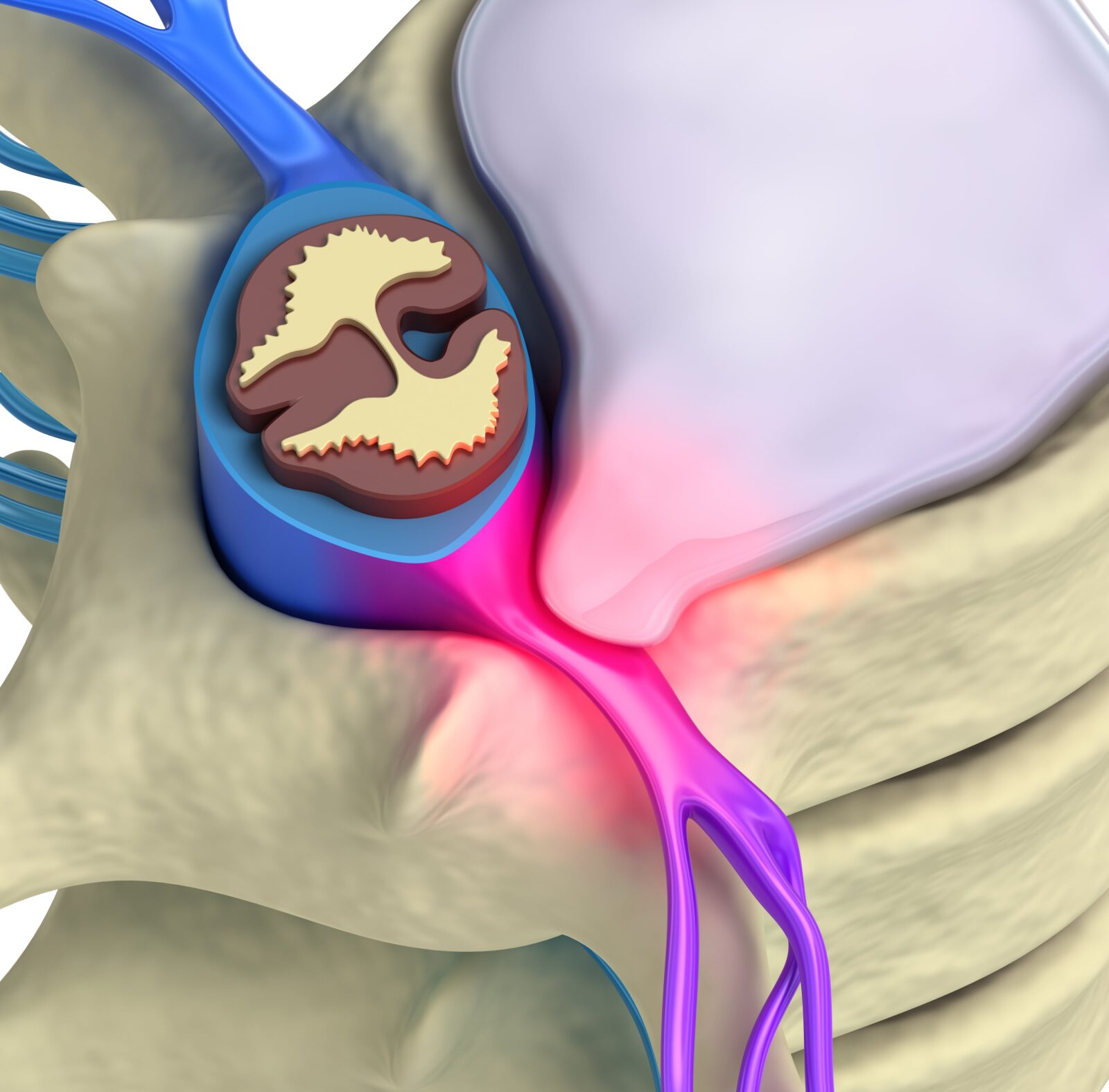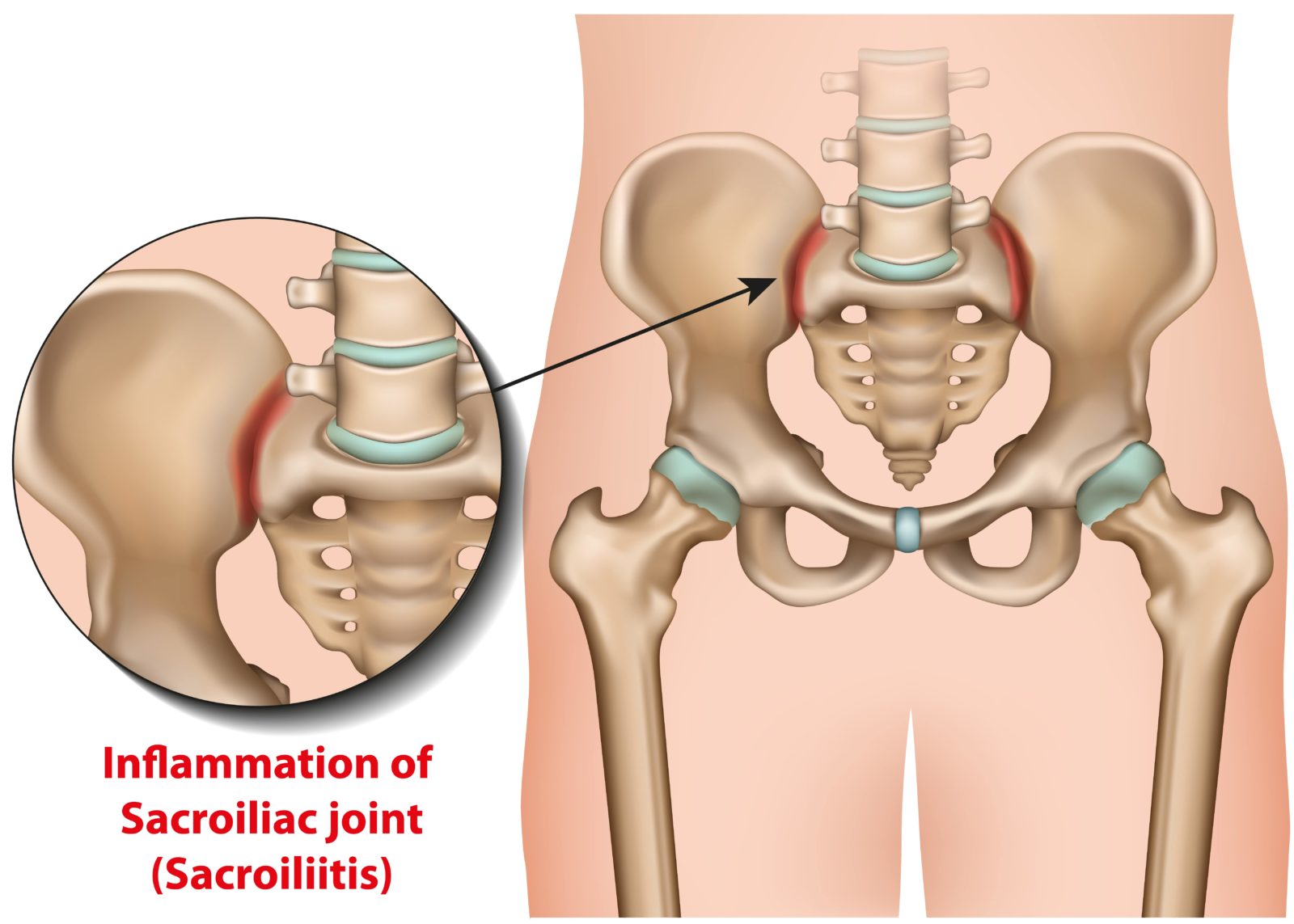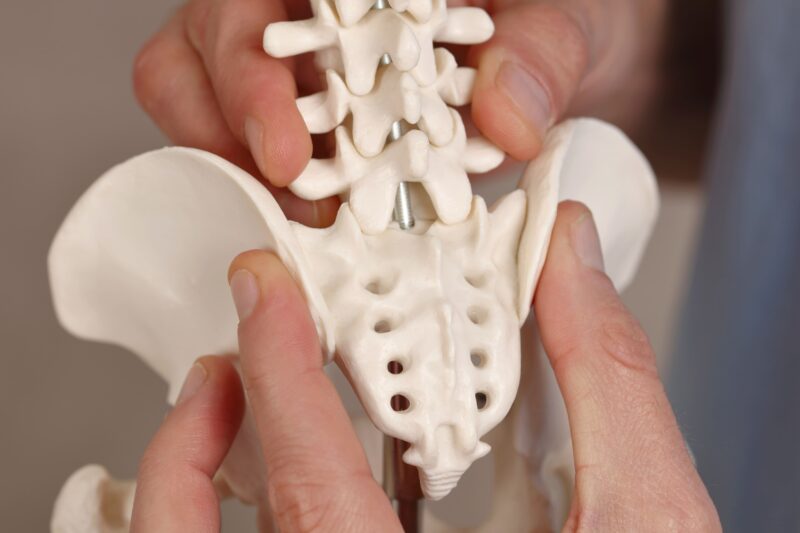Pain in the buttocks is a common complaint that many people experience at some point in their lives. Often dismissed as a minor discomfort or attributed to muscle strain, buttock pain can sometimes be a symptom of a more significant underlying issue: problems with the spine. In this blog, we’ll explore how pain in the buttocks can actually be caused by the spine or related spinal conditions.
The Anatomy of the Spine and Its Role
The spine, also known as the vertebral column, is a complex and vital structure that runs from the base of the skull to the pelvis. It is composed of a series of vertebrae, separated by intervertebral discs, and is responsible for providing support, stability, and protection to the spinal cord. The spine can be divided into several regions, including the cervical (neck), thoracic (mid-back), lumbar (lower back), sacral (pelvic), and coccygeal (tailbone) regions.
Nerves that exit the spinal cord travel throughout the body, and any compression or irritation of these nerves can result in various symptoms, including pain. When issues arise in the lumbar or sacral regions of the spine, buttock pain can be a surprising manifestation of these problems.
Common Spinal Conditions Leading to Buttock Pain
Herniated Disc:

A herniated disc, a common spinal condition, can be a source of buttock pain due to its impact on the nearby nerves. When the soft inner core of an intervertebral disc protrudes through the tough outer layer, it can press against the spinal nerves in the lumbar region, causing irritation and pain that often radiates to the buttocks. This phenomenon is frequently referred to as sciatica, as the pain may extend down the leg as well. The pressure on the nerves can lead to various symptoms, including not only buttock pain but also numbness, tingling, and weakness in the affected leg. Herniated discs can result from age-related degeneration, wear and tear, or sudden injury, and they require proper diagnosis and treatment to alleviate the discomfort and restore functionality.
Spinal Stenosis:
Spinal stenosis, a condition characterized by the narrowing of the spinal canal, can also be a source of buttock pain. As the spinal canal narrows, it puts pressure on the spinal cord or the nerves that branch out from it in the lumbar region of the spine. This compression can lead to discomfort and pain that often radiates into the buttocks and legs, causing symptoms like buttock pain, leg pain, numbness, and weakness. The pain may worsen during activities such as walking or standing, as these movements increase the pressure on the affected nerves. Spinal stenosis typically results from age-related changes in the spine, including the thickening of ligaments and the growth of bone spurs, and it may require various treatments, including physical therapy, medications, or, in more severe cases, surgical intervention, to relieve the pain and restore mobility.
Sacroiliac Joint Dysfunction:

Sacroiliac joint dysfunction is a condition that can be responsible for buttock pain, often presenting as a sharp, localized discomfort in the lower back and buttocks. The sacroiliac joint connects the sacrum (a triangular bone at the base of the spine) to the pelvis, and its primary function is to transmit the weight of the upper body to the lower limbs. When this joint becomes dysfunctional, either due to trauma, inflammation, or wear and tear, it can result in pain and discomfort in the buttocks region. This pain is typically exacerbated during activities that involve standing, walking, or climbing stairs. Sacroiliac joint dysfunction can be challenging to diagnose, as its symptoms can mimic other types of lower back pain, but when identified correctly, treatments such as physical therapy, pain medications, and in some cases, minimally invasive procedures, can help alleviate the buttock pain and improve a patient’s quality of life.
Piriformis Syndrome:
Piriformis syndrome is a unique and often overlooked cause of buttock pain. The piriformis muscle, located deep within the buttocks, plays a crucial role in hip rotation and stability. When this muscle becomes tight or spasms, it can compress the sciatic nerve, which runs beneath or, in some cases, through the piriformis muscle. This compression can result in a sharp, shooting pain that radiates from the buttocks down the back of the leg, closely mimicking the symptoms of sciatica. Unlike other spinal conditions, piriformis syndrome doesn’t involve issues with the spine itself but rather the muscle’s interaction with the sciatic nerve. Stretching exercises, physical therapy, and sometimes even injections can help alleviate the buttock pain associated with piriformis syndrome, allowing individuals to regain their comfort and mobility.
Buttock pain arising from spinal conditions can manifest in various ways, often depending on the specific issue at hand. For instance, in cases of a herniated disc or spinal stenosis, the buttock pain can be sharp, shooting, or stabbing in nature and may radiate down one or both legs, creating sensations of numbness, tingling, or weakness. This type of pain is commonly referred to as sciatica and can be exacerbated by movements like bending, lifting, or walking. On the other hand, buttock pain caused by sacroiliac joint dysfunction might feel like a deep, aching discomfort localized in the lower back and buttocks, which can worsen with standing or sitting for extended periods. Piriformis syndrome, another source of buttock pain, can result in a sharp, stabbing sensation in the buttocks that often travels down the back of the leg. Overall, buttock pain stemming from spinal conditions can vary in intensity and sensation, but it is typically characterized by its persistence and the tendency to affect other parts of the lower back and legs.
Diagnosis and Treatment
If you’re experiencing persistent buttock pain, it’s essential to consult a medical professional for a proper evaluation and diagnosis. A thorough physical examination and imaging tests like X-rays, MRI, or CT scans may be necessary to identify the underlying spinal issue.
Treatment options for buttock pain related to spinal problems may include:
- Physical Therapy: Physical therapy exercises can help improve strength, flexibility, and posture, reducing pressure on the spine and relieving pain.
- Medications: Non-steroidal anti-inflammatory drugs (NSAIDs) and pain relievers may be prescribed to manage pain and inflammation.
- Injections: Epidural steroid injections or nerve blocks may be recommended to provide temporary relief from pain and reduce inflammation.
- Surgery: In severe cases where conservative treatments fail to provide relief, surgical interventions such as discectomy or spinal decompression may be necessary to address the underlying spinal issue.
Conclusion
Buttock pain should not be disregarded as a minor inconvenience, as it can sometimes be a symptom of a more complex spinal issue. Understanding the connection between spinal problems and buttock pain is crucial for proper diagnosis and effective treatment. If you or someone you know is experiencing persistent buttock pain, seek medical attention to address the issue promptly and improve your quality of life. Remember that early intervention and a well-rounded treatment plan can often lead to significant relief and recovery.










